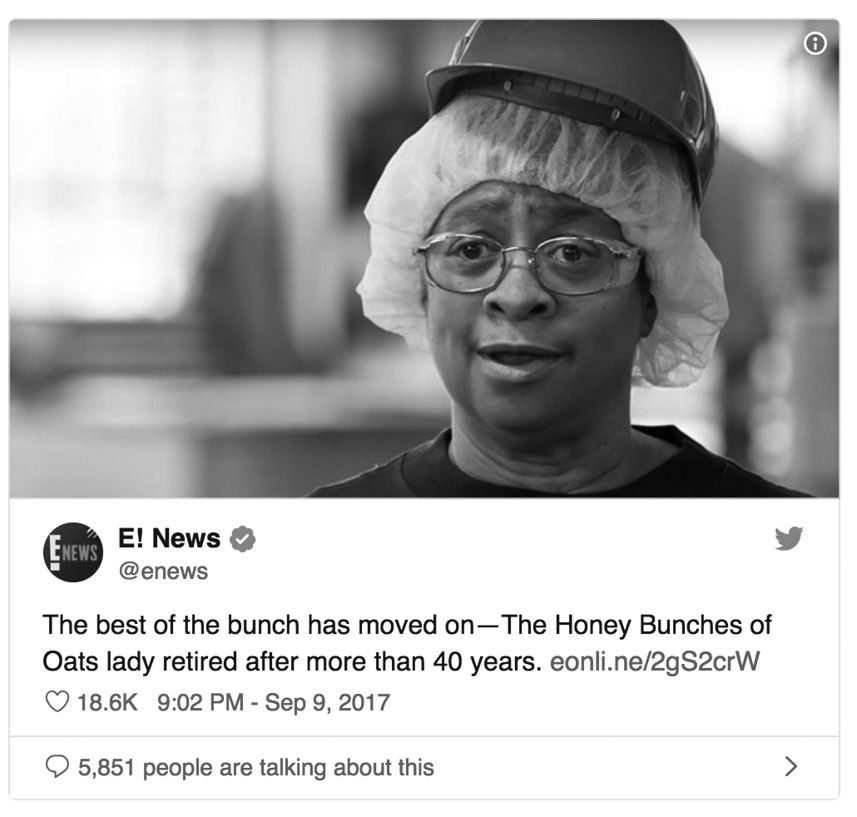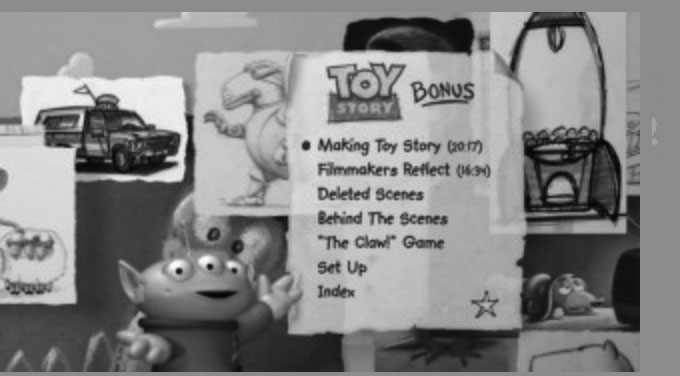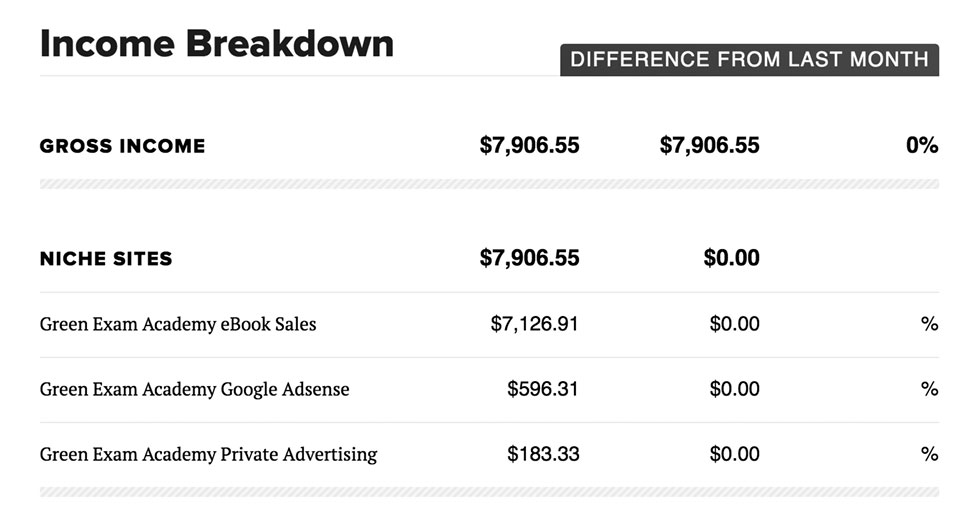Chapter 09
Humans have always had a fascination for how things work. Curiosity has been a constant part of who we are, so when given the opportunity, we gravitate toward knowing something rather than not. On each episode of the television show How It’s Made, the hosts take you inside a factory to literally show you how different things are made! The first episode came out in February 2001, and thirty-one seasons and more than four hundred episodes later, the show is still going strong.
During the American industrial revolution in the eighteenth century, factories started to spring up as production processes shifted from handmade to machine made. In 1790, the first factory was built in America, a cotton-spinning mill in Pawtucket, Rhode Island. Over the next several decades, thousands more would pop up across the country. Back then, factories tended to be very secretive about their processes. Doors were largely closed except to factory workers and investors involved in the business.
But in the late 1890s, something funny happened. As more and more products were being mass-produced in a mechanized way—things like cars, appliances, even food—people started to become fascinated by how those things were made. They wanted to be closer to the action. Those factory-held secrets started to find an audience as factory owners, recognizing the appeal, began opening their doors to public tours. No longer was everything happening behind the scenes; now people, especially families, could spend their leisure time visiting factories and stepping into the wonderful world of how the things they used and enjoyed in their daily lives were made.
Today, factory tours happen every day, all over the world, across all business types. You can walk through the Hershey’s factory in Hershey, Pennsylvania, to see exactly how the company’s famous Kisses come off the line (seventy million a day across the company’s two factories!), walk amongst giant brew kettles at your favorite brewery or distillery, or even take a backlot bus tour through some of Hollywood’s iconic sets and soundstages (including, yes, Back to the Future).
Why is the factory tour—whether it happens in real life or on a TV show like How It’s Made—such a draw? It provides four things people want to see and experience, factors that can help turn active audience members into engaged fans of your connected community.
1. It Helps Your Audience Appreciate the Quality and Care Behind the Product
When you see how things are made, you feel great about the brand and its effort to make sure things are up to standard. The families that lined up to visit factories in the early twentieth century weren’t necessarily doing so to oversee the quality of the products being made, but when they saw the care and precision put into the creation of each product, it left a lasting impression.
When Apple came out with the unibody version of its MacBook Pro laptop computer in 2008—a unique design that used a single piece of aluminum to create the computer’s casing—it also took its fans behind the scenes of the creation of this impressive engineering feat. Rather than just describing the process in a blog post, Apple released a video describing the philosophy and process behind the unibody MacBook Pro’s design, featuring interviews with Jony Ive, Apple’s famous design head, and Dan Riccio, the company’s VP of product design, as well as footage of the unibody being precision-crafted from a huge aluminum block in one of Apple’s factories. The video really drove home the care and ingenuity Apple put into creating this product.
When you open your factory doors, your fans will appreciate the love and care you put into the things you create for them.
2. It Makes Your Audience Feel Unique and Special
One weekend in college, I took a tour of the Scharffen Berger Chocolate Factory, which was close to the UC Berkeley campus. I hadn’t even heard of Scharffen Berger before that weekend, but after seeing their chocolate-making process, getting a little morsel of chocolate education, and meeting the friendly staff, I had an experience I’ll remember for life. Now, whenever I see a wall of chocolate bars for sale at the store, I zero in on Scharffen Berger, remember my tour, and pick up a bar.
Building a tribe of superfans is about creating special moments and experiences. Not everyone is going to get to take a factory tour or see what goes on behind the scenes, and that’s what makes these moments even more special for people who do get to experience them. By gaining some inside knowledge and seeing things other people don’t, people begin to feel closer to the brand. They start to inch away from the crowd of “normal” people who don’t know or care as much about your brand, and to connect with other people who “get it” when it comes to the brand.
When you open your factory doors, your fans will feel like they’ve been given something not everyone has access to.
3. It Connects Your Audience with the People Behind the Brand
People buy solutions, but they connect with other people. Opening up your factory doors and connecting your audience to the people behind the product is a crucial way to build superfans. In the Break the Ice strategy from part 1, we talked about why you should share a little bit about yourself to create a personal connection with your audience, but this is more than that. It’s about sharing the other people who normally don’t get seen—the people, literally, behind the scenes.
For some businesses, it may be featuring the people who are literally on the factory floor. Diana Hunter, for example, was the beloved “Honey Bunches of Oats” lady who had been working at the Post cereal brand for forty years. In 2015, she started appearing in television commercials filmed on the factory floor in Battle Creek, Michigan, where she worked. She had a charm that people fell in love with, and it made people feel closer to the brand—so much so that when she retired, it was a big news story.

Then there are people like Coyote Peterson, a YouTuber with over twelve million subscribers on his channel, Brave Wilderness, who is known for his educational and sometimes shocking wildlife videos. His “insect bite” videos are his most popular, where he demonstrates on his own body just how painful these bites can be. It’s not just shock and awe, though. He does a great job educating his viewers, mainly young children, about the respect we need to give these animals and the dangers they present.
Coyote is definitely the main character in his videos, but fans have also grown to love his cameramen, Mario and Mark, who get out from behind the lens from time to time and appear on the show. I took my kids to see Coyote Peterson live when he was on tour in San Diego, and when Coyote and his crew came on stage, my son exclaimed, “Mark and Mario are here too!”
It’s always great to know the people behind the things we love, whether they’re products, shows, or stories. Remember, people connect with people.
When you open your factory doors, your fans will cherish the opportunity to see and connect with the people behind the brand.
4. It Gives Your Audience Something to Share
I remember watching Pixar’s Toy Story in 1995 and loving it. Then in 2000, the DVD came out so I could watch it at home, and I bought it immediately. Although it was great to relive the movie and the characters that I and millions of others had fallen in love with, it was the bonus section of the DVD that became my new favorite thing. It included the following options:

The Making of Toy Story took me into Pixar’s amazing quest to create the first ever completely computer-animated full feature film. It was a roller coaster of a timeline that involved the success of Tin Toy (1988), an award-winning animated short that experimented with the technology, Steve Jobs buying Pixar, Disney coming on board to support the film only to later almost pull the plug because they were unhappy with the story development, to Tom Hanks, Tim Allen, and the other memorable voices of the movie. It was the most amazing thing I had ever seen.
I won’t go into detail about the background of Toy Story,6 but I’ll tell you what I did as soon as I learned all of these amazing facts about the movie: I shared them with everyone I knew.
When you know something other people don’t, unless you’re sworn to secrecy, you tell others. It’s why gossip is so popular, why people who aren’t from California who visit their friends always hear about In-N-Out Burger’s secret menu, and why when you know a bunch of random facts about a company or movie you love, a lot of your conversations with your friends and followers tend to start with, “Did you know that … ”
When you open your factory doors, your fans will want to share the things they learn about you with others.
In October 2008, after launching an ebook study guide for architects studying for the LEED exam, I created The Smart Passive Income Blog, a new website to keep track of my progress as I began to build my business and figure things out. It became a platform for me to share everything I was learning along the way, including all of my wins, and all of my failures, too.
In November 2008, I decided to try something I was inspired to do by a blog in the personal finance space, MyMoneyBlog.com. The author of this blog would openly share his portfolio breakdown and investment results over time. It was incredibly helpful to see, and also super inspiring to me as someone who was saving for the future. As a new business owner, I thought it would be helpful to my audience to share how much income I was generating, so I published my very first income report on my blog.
The report included information about what I had recently been doing in my business, from joining an online course, to launching my new ebook. The most popular part of the post, however, was the income breakdown itself:

This wasn’t the first time someone in the internet marketing space had shared their numbers, but for the small group of people who were visiting my blog, it was eye-opening. Suddenly, they started commenting and sharing the report with their followers and friends. I began to notice the traffic on my website starting to climb, too. Then, in December, when I published November’s report, which showed a 23 percent gross jump in online income, more and more people started to come on board. By opening the factory doors, I had created an opportunity for my active audience, the people who were already reading the reports but not yet sharing them, to become much more connected and engaged.
For nearly ten years, I published income reports on my blog each month, often with an annual report to go along with them. Those articles have become my most visited blog posts ever, and in 2012 I was recognized by Forbes in an article titled “10 Leaders Who Aren’t Afraid to Be Transparent,” alongside other entrepreneurs such as Tony Hsieh of Zappos, Jason Fried of 37signals, and other amazing business leaders.
I say this not to show off, but to show you what can happen when you’re transparent and share a bit about what happens behind the scenes. You don’t need to tell people how much money you make if you don’t want to, but sharing your progress and your journey along the way can go a long way in building an amazing tribe of loyal fans that gets access to special insights about you and your business.
In fact, it can be as simple as giving people a glimpse of where you work. Something I’ve done on a couple occasions is a video tour of the places I work. In 2015, I shared a video of my home office workspace. Then in 2017, I posted another video tour of the studio where I used to record all my live video. Each time I got tons of great comments from people who called out various aspects of the tour they appreciated and even shared details of their own workspaces.
Sharing more of who you are and what you do with your customers and soon-to-be customers can go a long way in making your audience more engaged! As a brand, as a creator, as a company, you need to harness the human love for seeing how things are made, because by doing so, you’ll build a stronger brand and a more connected community. Take your active audience behind the scenes to give them a glimpse of how your brand works and foster their love for connecting with you and others in the community.
From here, we take to the stage! It’s time to put on your first gig, and start engaging your active audience through the magic of a live event, one that brings people together in a unique atmosphere of excitement and connection.
6 If you want to learn more, I recommend reading Ed Catmull’s book Creativity, Inc.